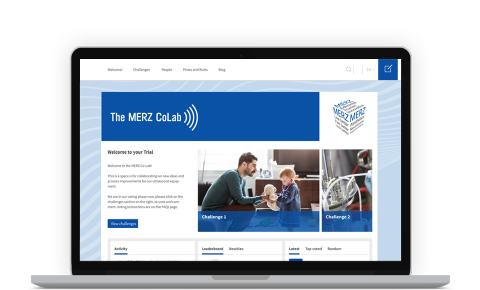Problem Prototyping
In Search of the Perfect Problem.
Problems are the start-point for effective innovation and design. If we innovate with no clear problem statement we will end up with a wonderful new solution that is effectively useless in the real world.
“If I had an hour to solve a problem, I would spend the first fifty-five minutes determining the proper question to ask, for once I know the proper question, I could solve the problem in less than five minutes.”
Albert Einstein
In a project with Merz, the global pharmaceutical company, 100%Open was asked to find technical partners to improve ultrasound skin treatment devices. The apparent problem to be solved was reliability, but the experts finally uncovered a manufacturing issue with an ultrasound transducer.

This focusing of the problem allowed us then to successfully look at both incremental improvement and total redesign of a transducers.In effect, we prototyped the problem. We tried to answer the original question of ‘how can we improve reliability’ but results were woolly and far from actionable. This lead us to refine the problem until it became soluble.
Experiences such as this led us to ask “If problem definition is a key component of design thinking, why don’t we prototype problems as well as solutions?” In fact 100%Open was already carrying out an analogous process with our challenge design tool the Interesting Question. We have learned that open innovation challenges are much more effective when you ask precisely the right question. This turns out to be more art than science and so we evolved the process of trying lots of questions out and measuring how interesting they were to typical solver audiences.
As a consequence we now ask our clients to pause and check out their unmet need or problem statement. What evidence is there that this is the right one? How many were tried? Is this a solution masquerading as a problem? Is it even soluble? The way we can tell if we have identified a perfect problem is by spending a little time trying to solve it first. It’s easy to put together an ideation brainstorm using a 2 hour Online Jam for Problem Prototyping. With the results, we compare the solutions that different problem statements are pushing us towards and that gives us a way of selecting the problem statement that is going to be the most useful to address.
We recommend problem prototyping for all innovation projects. Solving the wrong problem can be very costly in time and money so let’s make sure we start out on the right foot.
As ever, we’re looking forward to your comments on this approach.
David Simoes-Brown